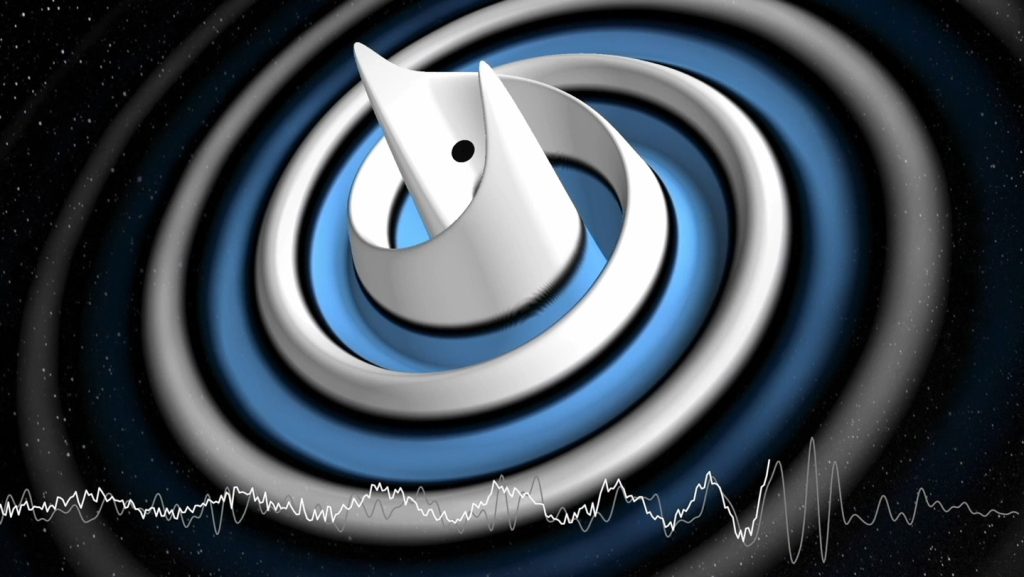Hawking and Kerr Theories Confirmed by Gravitational Wave Detection
When two black holes merged in the distant cosmos, the resulting gravitational waves that rippled through spacetime brought extraordinary validation to theoretical work developed decades ago. The detection of these waves has confirmed key predictions made by physicists Stephen Hawking and Roy Kerr, whose mathematical frameworks have long guided our understanding of these mysterious cosmic objects. This remarkable scientific achievement not only demonstrates the power of modern astronomical observation but also pays tribute to the brilliant minds who theorized about black hole behavior long before we could directly observe such phenomena.
The gravitational waves, detected by increasingly sensitive instruments on Earth, carry the signature of black hole collision and merger – a cosmic dance of incredible energy. As these massive objects spiraled toward each other, they distorted the fabric of spacetime itself, sending out waves that traveled across the universe before reaching our detectors. What makes this observation particularly significant is how precisely the measured waves match what Kerr’s equations predicted about rotating black holes and what Hawking theorized about their properties. The mathematics developed by these pioneering physicists, once considered beautiful but theoretical constructs, have now been vindicated by direct observation of cosmic events happening billions of light-years away.
Hawking’s contributions to black hole physics revolutionized our understanding of these objects. While most famous for his discovery that black holes aren’t completely black—they emit what’s now called “Hawking radiation”—his work also established fundamental principles about how black holes behave when interacting. The gravitational wave signals show patterns that align with his predictions about the nature of black hole horizons and how energy disperses during cosmic collisions. For the scientific community, seeing Hawking’s equations match reality provides a poignant confirmation of his genius, especially meaningful since he didn’t live to witness this validation of his life’s work.
Roy Kerr’s contribution was equally foundational. In 1963, he developed a mathematical solution to Einstein’s equations that described rotating black holes—a breakthrough that came to be known as the “Kerr metric.” Before Kerr’s work, physicists could only mathematically describe non-rotating black holes, which likely don’t exist in nature. The gravitational wave observations reveal the distinctive fingerprint of rotating black holes behaving exactly as Kerr’s equations predicted they would. The precision with which his decades-old mathematical work describes these astronomical observations demonstrates the predictive power of theoretical physics at its finest.
The confirmation of these theories represents one of the most significant achievements in modern astrophysics. It bridges abstract mathematical theory with observable phenomena, validating decades of theoretical work through cutting-edge observational technology. For physicists, this connection between theory and observation provides not just confirmation of existing ideas but also confidence in the mathematical approaches used to develop those theories. The ripples from these black hole collisions are, in a very real sense, nature’s way of communicating its fundamental laws to curious humans who have worked for generations to understand them.
As our gravitational wave detectors become increasingly sensitive, we can expect more observations that will further test and refine these theories. The legacy of Hawking and Kerr lives on not just in textbooks but in the active, ongoing exploration of cosmic phenomena. Their theoretical insights, now confirmed by observation, continue to guide astronomers and physicists as they probe deeper into the nature of black holes and the fabric of spacetime itself. This remarkable alignment between theory and observation reminds us of the power of human intellect to comprehend even the most extreme phenomena in our universe, connecting mathematical elegance with the awesome reality of cosmic events happening in the farthest reaches of space.


